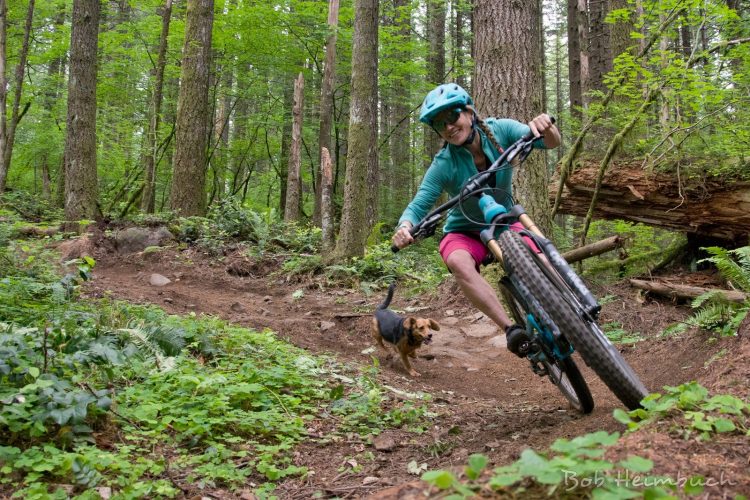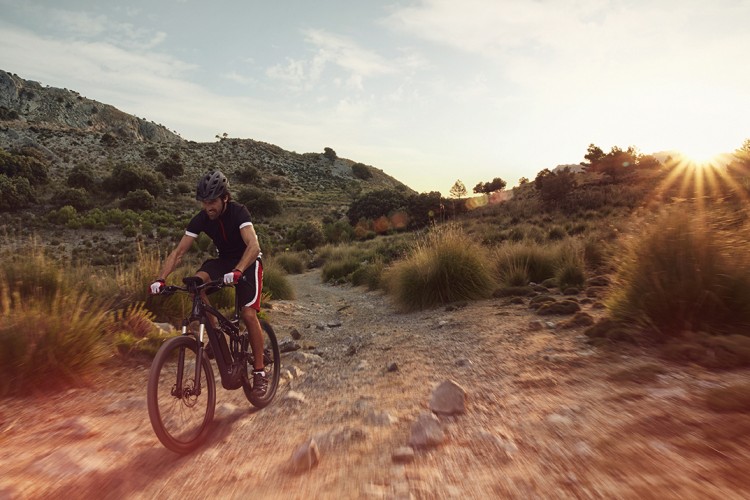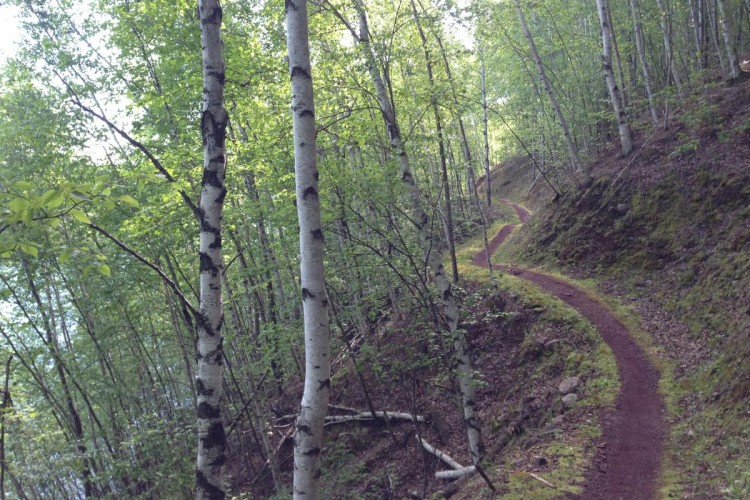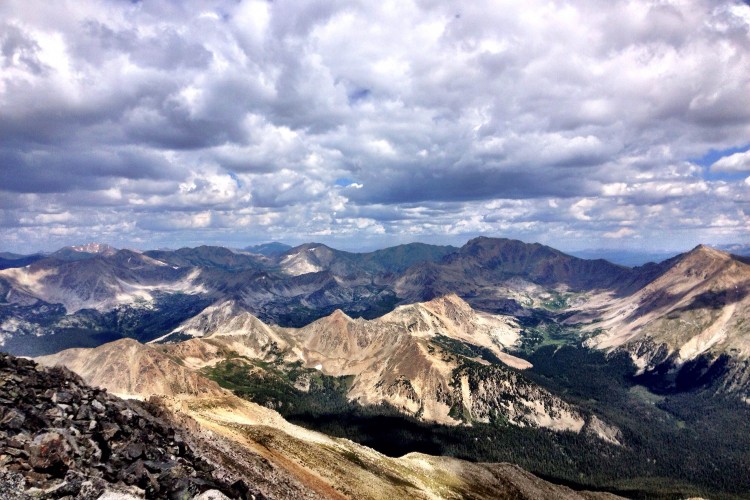
A spine of hills flanks the southeastern edge of Turin, Italy, interlaced with a nervous system of 100-plus kilometers of beautifully-cut and maintained singletrack. Some of the trails were once roads, a couple are signed and maintained by the Club Alpino Italiano (CAI), and the greater majority are “pirate trails.” Like other parts of Italy, without pirate trails, we would have very little singletrack.
[see_also id=’178756′]
Though most of the pirate network was built with verbal permission from local landowners, the trails remain informal and technically illegal. Hundreds of local riders who use and maintain these trails often don’t know they are illegal, though they deeply love and appreciate their backyard playground. Mountain biking was born on pirate trails, and that punk-rock ethos is part of what drew my younger self to the sport. Like punk-rock, mountain biking has become mainstream, and the community is still adapting to some of the resulting changes.

With a rapidly growing number of folks using the trails and increasing incentives to mountain bike tourism, things need to be done differently. The city and tourism industry now have a vested interest in trail planning that includes managing a projected increase in users along with plant and wildlife concerns. Furthermore, written consent and liability agreements with landowners are increasingly necessary. So what do we do with the massive resource of unsanctioned trails we currently have?
Recently, Turin city officials, along with IMBA and CAI representatives, have been meeting with trail builders to discuss legalizing, signing, and mapping the trails. Signs and maps will allow the city to advertise the trail network, bringing in tourism revenue and allowing everyone to better enjoy the forest. The trouble is that these groups have divergent viewpoints on how pirate trails should be treated, and who should have access to what. Like any litigious debate, this one will require a lot of time and some shifted viewpoints to overcome. Fortunately, we can ride the existing mess of unmarked trails in the meantime.

This debate over pirate trails has been internationally tried and tested. A slew of the famous trails in Sedona, Arizona were built illegally, and now riders come from around the world to offer the knobs of their tires to the red rock gods. Several cities in the US, including Santa Cruz and San Diego, California, have brilliantly curated pirate tracks that bring riders to their respective happy places.
All of this begs the question: What to do with pirate trails? While the “build first, legalize later” method of trail construction has worked out in some places, it can backfire when land managers feel like they can’t trust mountain bikers to be responsible stewards and trail users. And there’s no guarantee that rogue trail builders are trained and qualified to build sustainable mountain bike trails that respect the environment.
Your turn: Are there pirate trails in your area? What is the legal and environmental status of those trails?





















3 Comments
Mar 5, 2019
Mar 5, 2019
Mar 5, 2019